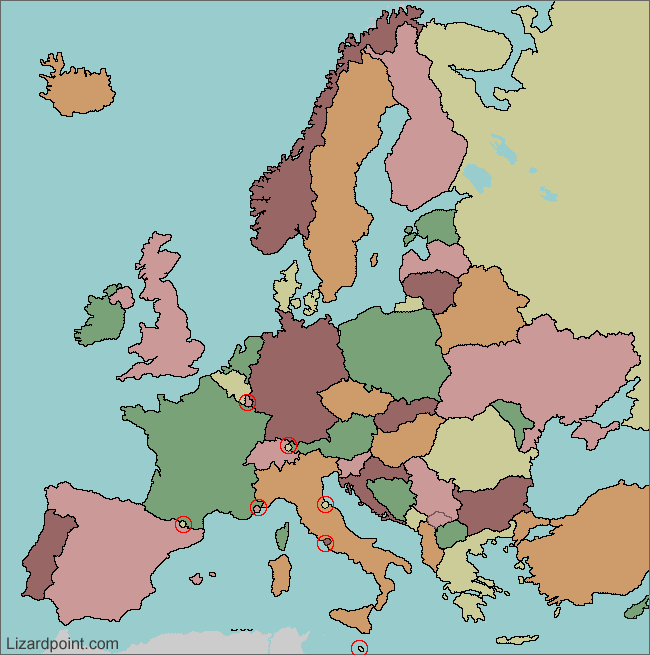

Hatchlings are 8 to 11 inches long.Ī long slender fast-moving snake with a large head and eyes and a long thin tail.īrown, greenish, or grey without markings. Often confused with rattlesnakes, but the tail is long and thin with no rattle.Īdults are typically 2 to 3 feet long. Probably the most commonly seen snake in our area.įound in many habitats - grassland, chaparral, agricultural, riparian, woodlands, from sea level to the mountains.įemales lay eggs June to August.

Most snakes in the San Francisco Bay Area are active during warm and sunny weather, typically from late February through October, and remain underground at other times.Ī large, thick bodied, slow-moving snake with a head slightly wider than the neck and large rough scales.īrown or tan with dark markings on the back and often rusty coloring on the back and head. Look at the range map and the description for each species for a better idea of where it occurs.Ĭlick on the Latin name link to see more pictures, videos, and information about a particular animal. Not every animal shown here is present in every part of the area covered here. As you go east into where the Coast Range meets the Central Valley, several new species occur which are not covered here. In the East Bay, the range covered extends out to around Livermore, or before the mountains. These are the native and well-established non-native herps that inhabit the Bay Area, which for our purposes includes the land surrounding most of the San Francisco Bay including parts of Alameda, Contra Costa, San Francisco, San Mateo, Santa Clara, Santa Cruz, Solano, Napa and Marin counties.


 0 kommentar(er)
0 kommentar(er)
